
7 retail technology trends of the future
By looking at history, one can learn to recognize patterns and stay ahead of the times. With seven decades of experience in retail, we have picked up a thing or two from all the brands and retailers we’ve helped over the years. In today’s HL Birthday Edition of HL Insights, we’re looking at the trends of the future from a technology perspective!The face of retail changed in the 1950’s, when stores grew bigger and moved into the suburbs. The personalized service by the local clerc was gone, with shoppers feeling left to their own devices and personnel finding themselves occupied with bigger assortments and all the tasks coming with that.
When our founder Harry Lundvall saw this need for change in 1954, he armed himself with an iron and a great idea to create a better in-store experience for shoppers and personnel. The very first datastrip was bent in his basement, and the rest is HL history.
Improvement starts with a need – so what needs are we seeing today, and how can modern technology enhance the retail experience by providing convenience, personalization, and efficiency?
1) Blockchain Technology
What we see now: The need for blockchain technology in retail arises from challenges related to supply chain transparency, counterfeit prevention, payment systems, data protection, loyalty programs, and automation. By adopting blockchain solutions, retailers can enhance trust, transparency, and efficiency throughout the value chain, ultimately delivering better experiences for both businesses and shoppers.
Future solutions:
- Enhanced Traceability and Authenticity: Blockchain can provide an immutable record of product origins and movements, ensuring authenticity and reducing counterfeiting. This is particularly valuable in industries like luxury goods, pharmaceuticals, and food, where verifying the origin and integrity of products is crucial.
- Sustainable and Transparent Supply Chains: Blockchain technology can enhance traceability and sustainability by recording every step of a product's journey, such as vegetables, from farm to store. This transparency allows retailers and shoppers to verify origins, farming practices, and distribution processes, ensuring sustainable sourcing and reducing fraud.
- Automated and Secure Transactions: Smart contracts on blockchain can automate supplier agreements, payments, and compliance checks, reducing administrative costs and enhancing efficiency. This technology also supports the rise of unmanned stores, where blockchain facilitates secure, frictionless transactions without the need for human staff. Additionally, blockchain offers secure, decentralized transaction methods, minimizing fraud risk and increasing trust in online shopping and loyalty program management.

2) Advanced Personalization
What we see now: The need for advanced personalization in retail has risen due to changing shopper expectations, technological advancements, and competitive pressures. By leveraging data analytics, AI, and omni-channel integration, retailers can deliver tailored experiences that enhance shopper engagement, drive conversion, and foster long-term loyalty.
Future solutions:
- AI-Driven Dynamic Personalization: AI will leverage more sophisticated data analysis to provide even more personalized shopping experiences. This could include dynamic pricing based on individual purchasing history and real-time adjustments to marketing strategies.
- Customized Shopper Profiles: Retailers may use AI to create unique shopper profiles, tailoring marketing emails, product recommendations, and even website layouts to individual preferences.
- Seamless Customer Journeys: Advanced AI tools will track and analyze every interaction a shopper has with a brand, from online searches to in-store visits, to create a seamless and highly personalized customer journey.
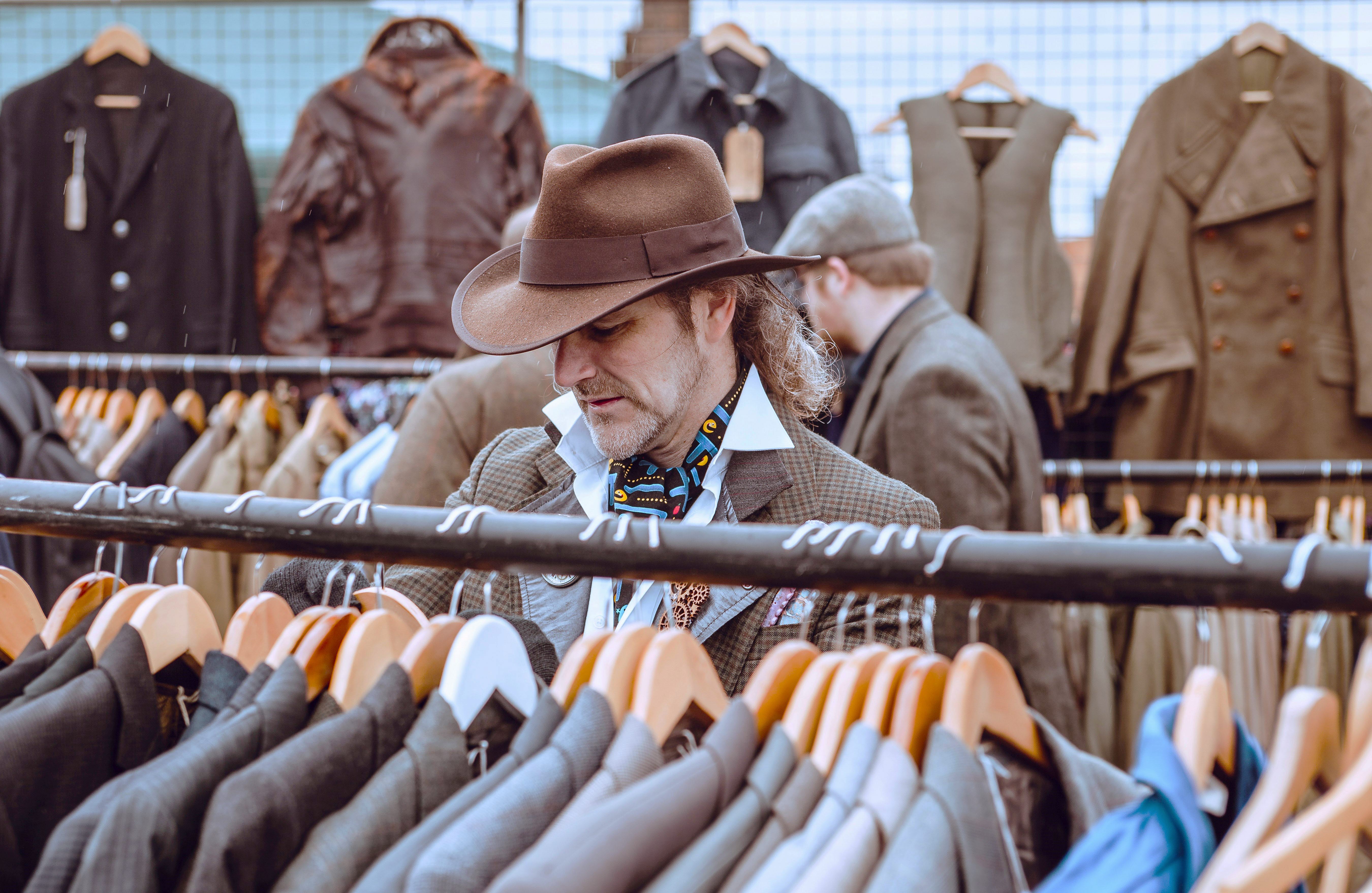
3) Voice Commerce
What we see now: The need for voice commerce in retail has risen due to its ability to offer a convenient, personalized, and accessible shopping experience, driven by advancements in technology and changes in consumer behavior.
Future solutions:
- Optimization for Voice Search: As voice-activated devices like Amazon Echo and Google Home become more prevalent, shoppers will increasingly use them for shopping. This means retailers need to optimize their product listings and content for voice search.
- Voice-Activated Shopping Lists: Voice-activated shopping lists and reordering products via voice commands will become common, necessitating robust backend systems to handle these transactions efficiently.
- Voice-SEO Strategies: Retailers will need to invest in SEO strategies tailored to voice search, which often involves more conversational and question-based queries compared to traditional text search.
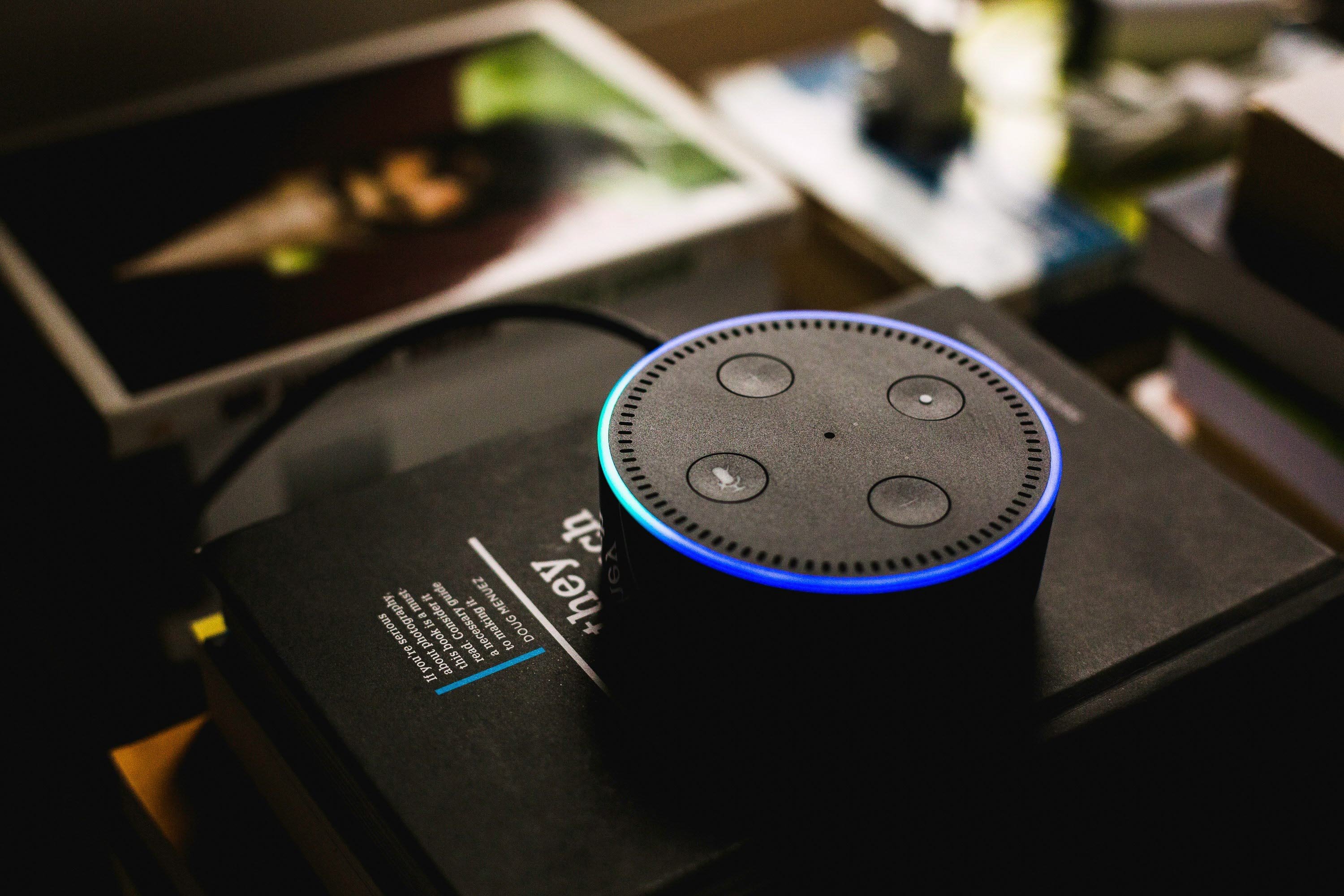
4) Robotics and Automation
What we see now: The need for robotics and automation in retail has risen as retailers seek ways to improve efficiency, enhance the shopping experience, and stay competitive in an increasingly digital and fast-paced market environment. This trend is already in full motion, but it’s going to grow as part of the new normal.
Future solutions:
- Warehouse Automation: Robots and automated systems will handle more tasks in warehouses, from sorting and packing to inventory management. Amazon's use of Kiva robots is a prime example of how automation can improve efficiency and reduce errors.
- Autonomous Deliveries: Autonomous delivery robots and drones could become more common, providing fast and contactless delivery options.
- Customer Service Robots: Robots can assist with customer service, helping shoppers find products, providing information, and even processing transactions. Lowe's has experimented with robots that guide shoppers to products within the store.
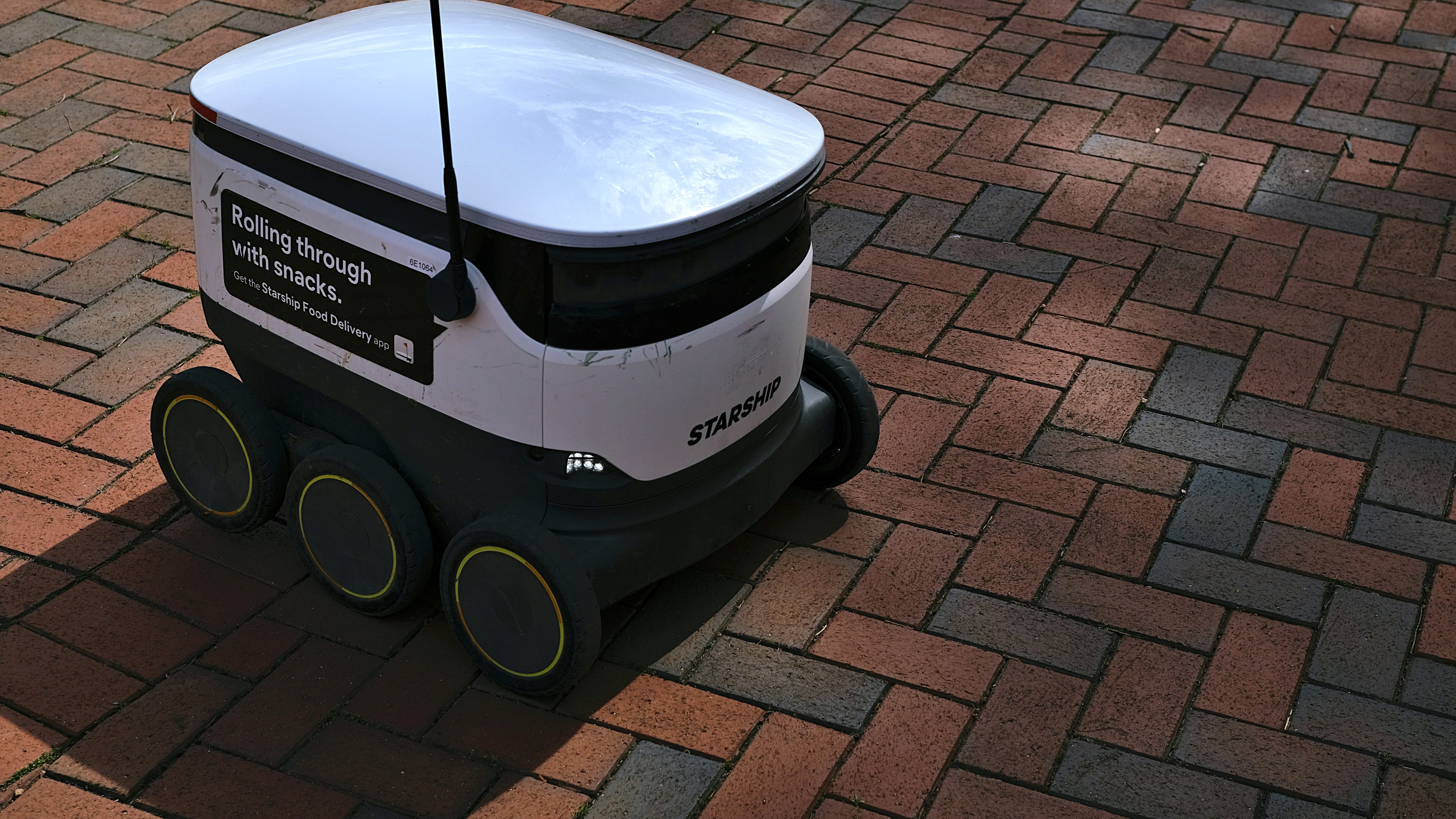
5) Sustainable Technology
What we see now: The need for sustainable technologies in retail has risen as retailers recognize the importance of environmental stewardship, respond to shopper preferences, comply with regulations, achieve cost savings, improve supply chain resilience, and gain a competitive advantage in the marketplace. This important technology is thankfully not new, but we will see it fully bloom in the years to come.
Future solutions:
- Energy-Efficient Retail Spaces: Retailers will adopt technologies that support sustainability, such as energy-efficient lighting and HVAC systems, reducing their carbon footprint.
- Eco-Friendly Packaging Innovations: Innovations in packaging, such as biodegradable materials and reusable containers, will become more widespread, driven by shopper demand for environmentally responsible practices.
- Circular Economy Initiatives: Technology will facilitate the shift towards a circular economy, where products are designed for reuse, refurbishment, and recycling. Retailers will implement systems to take back used products and resell refurbished items.
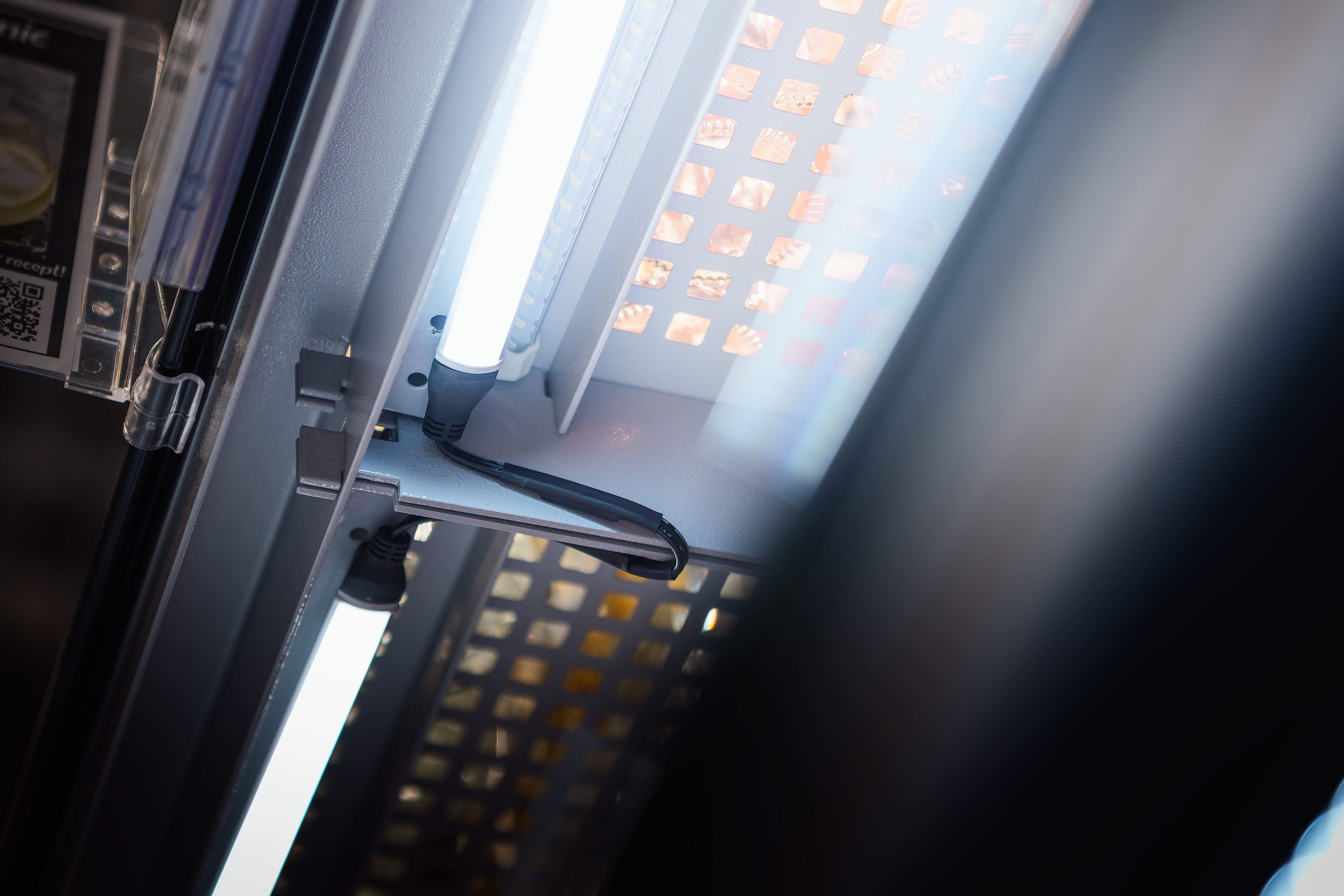
6) Mixed Reality Shopping (MR)
What we see now: The need for mixed realities in retail has risen as retailers seek to enhance the customer experience, drive sales and engagement, integrate online and offline channels, improve product visualization and demonstration, facilitate in-store navigation, and differentiate their brand through innovation.
Future solutions:
- Virtual Try-Ons and AR Displays: Retailers will develop more sophisticated AR and VR applications that allow shoppers to try products virtually. This could include detailed 3D product models and virtual fitting rooms with accurate size and fit predictions.
- Blended Shopping Experiences: Mixed reality could blend the physical and digital shopping experiences, with in-store AR displays providing additional product information and online VR stores offering an immersive shopping environment.
- AI-Powered Virtual Assistants: AI-powered virtual shopping assistants could use mixed reality to interact with shoppers in a more engaging and personalized manner, offering recommendations and assistance in both online and physical stores.
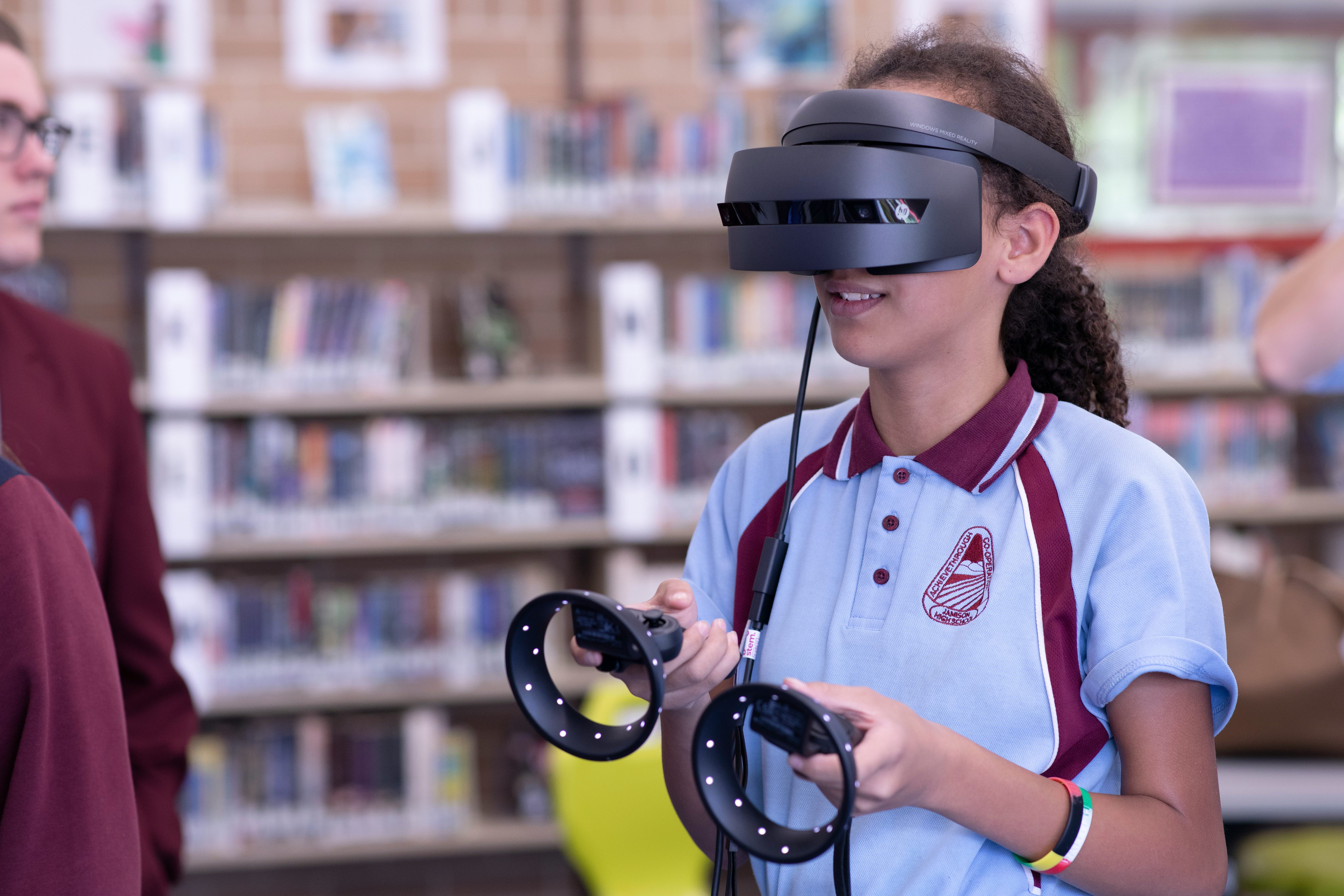
7) Biometric Payment Systems
What we see now: The rise of biometric payment systems in retail can be attributed to the growing emphasis on security, convenience, innovation, and regulatory support. As biometric technology continues to evolve and gain acceptance, it is expected to play an increasingly prominent role in shaping the future of retail payments.
Future solutions:
- Streamlined Biometric Payments: Biometric payment systems, such as facial recognition and fingerprint scanning, will streamline the checkout process, reducing the need for physical cards or cash and enhancing security.
- Widespread Adoption: Retailers like Alibaba have already implemented facial recognition payment systems in some stores, showcasing the potential for widespread adoption.
- Enhanced Security Measures: Biometric data provides an additional layer of security for transactions, reducing the risk of fraud and ensuring that only authorized users can complete purchases.
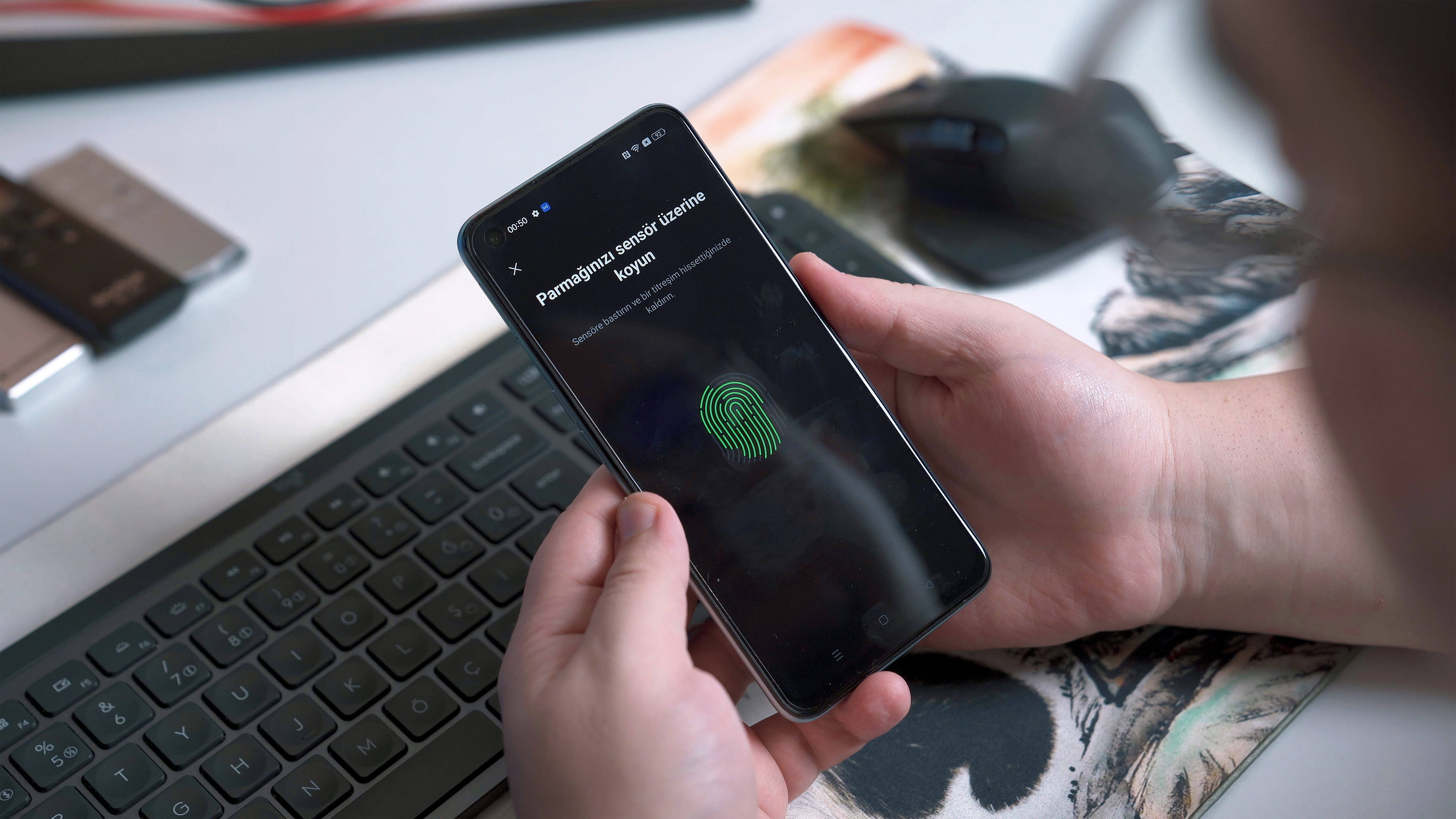
The future of retail technology promises to enhance the shopping experience through greater personalization, efficiency, and sustainability. Retailers that embrace these trends will be well-positioned to meet the evolving demands of shoppers and stay ahead in a competitive market.
Partner with us to take part of our 70 years of experience, and let us move retail forward together into the next decade!